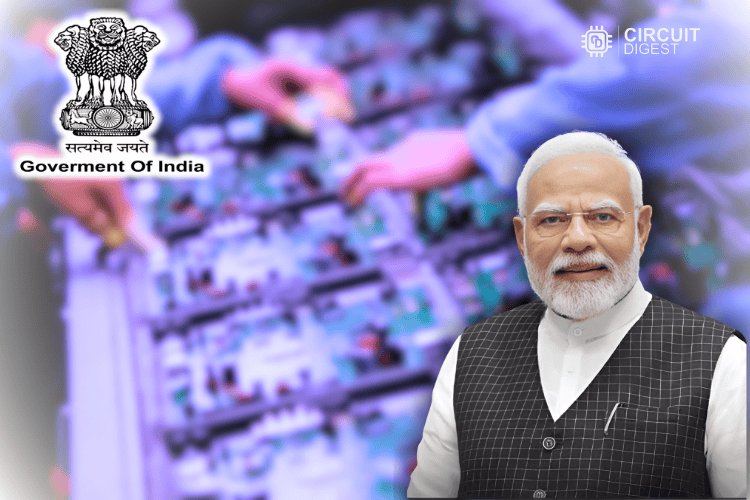
The Union Cabinet led by Prime Minister Narendra Modi has approved the Electronics Component Manufacturing Scheme with a funding of Rs.22,919 crore. The scheme is designed to strengthen India’s electronics supply chain by attracting both global and domestic investments. Its primary objective is to develop a robust ecosystem for component manufacturing, which will help increase domestic value addition and integrate Indian companies with global value chains. The initiative is structured to provide differentiated incentives customized for various segments including sub-assemblies, bare components and parts used in manufacturing.
Under this scheme, the government targets an investment inflow of Rs.59,350 crore which is expected to result in the production of electronics products worth Rs.4,56,500 crore. In addition to boost production capabilities, the scheme is projected to generate direct employment for 91600 persons along with numerous indirect job opportunities. The incentive structure includes turnover-linked, hybrid and capital expenditure incentives to support the growth of different segments. The scheme has a total tenure of six years with the first year designated as a development period and part of the incentive payout is linked to the achievement of employment targets.
Electronics is one of the fastest-growing industries globally and its expansion is vital for India’s economic and technological development. Over the past decade, domestic production and exports of electronic goods have seen significant growth, reinforcing the sector’s strategic importance. The Cabinet’s approval of this scheme is expected to enhance the capabilities of the domestic manufacturing sector, making India more self-reliant in the global electronics market. This initiative comes at a time when a robust component ecosystem is essential for supporting the evolving demands of both domestic consumers and international markets.

